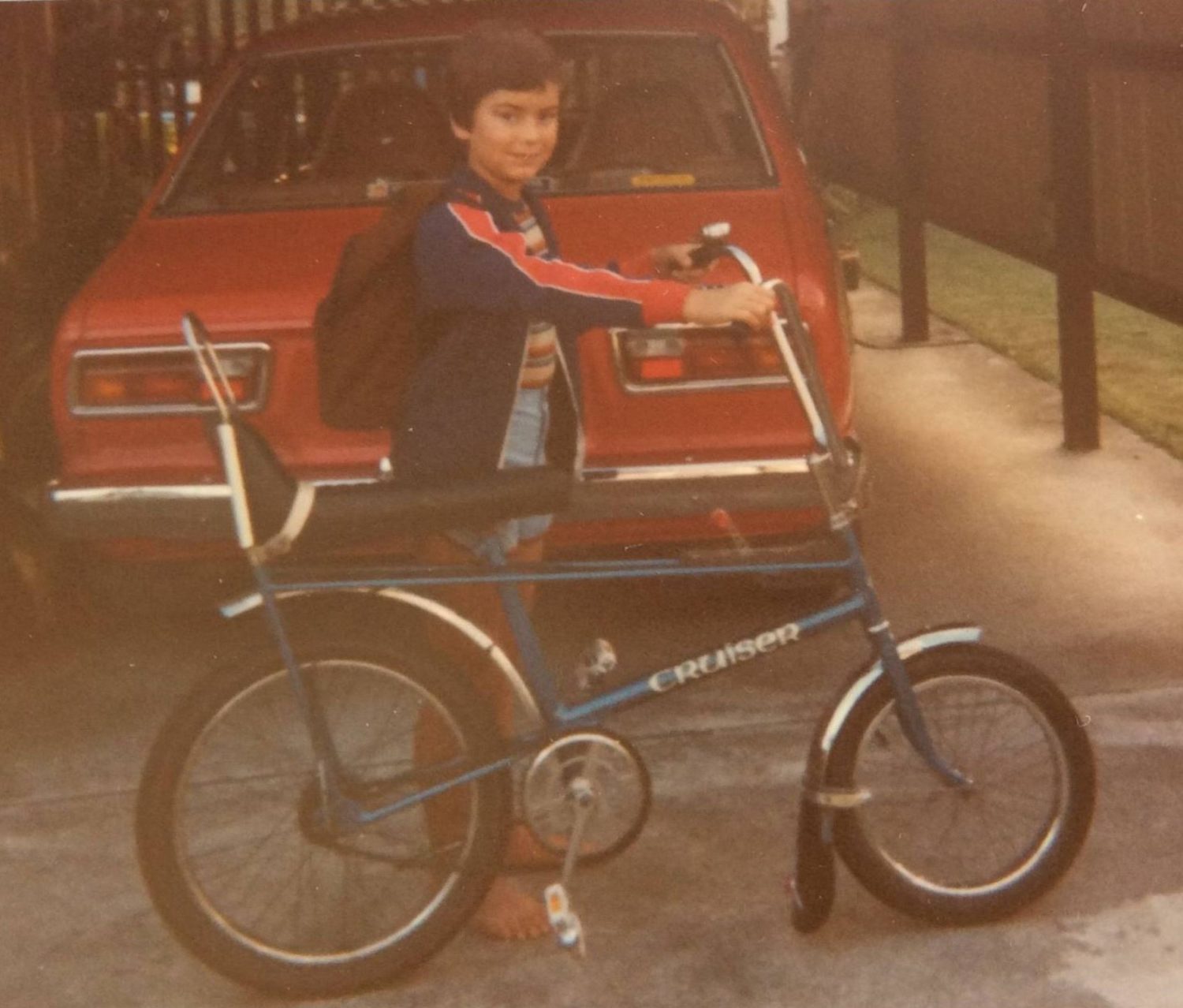Here’s something cool for the middle of the week – to celebrate the release of the latest chapter in the legendary Gran Turismo game series, Gran Turismo Sport (that appears on the PlayStation 4 on October 18th) and marking 20 years of Nissan involvement in the gaming series, Nissan has created a one-off project car – the GT-R/C – that has been extensively modified to be driven entirely by a PlayStation4 DualShock controller!
The Calsonic R32 Skyline was easily one of the coolest cars in the original game, so it is very fitting that Nissan celebrates its involvement with the latest incarnation of the GT-R, but it also doubly fitting when you consider who is actually doing the remote controlling.
The GT-R /C was put through its paces by NISMO racing driver Jann Mardenborough, from the passenger’s seat of a Robinson R44 Raven II helicopter, which had been given special permission to operate at a low altitude.
Mardenborough is the most successful winner of GT Academy, Nissan’s revolutionary driver discovery and development programme that gives amateur gamers the chance to become professional racing drivers. Nissan started the programme in 2008 in conjunction with Sony Computer Entertainment Europe and Gran Turismo developer, Polyphony Digital.
The GT-R /C was engineered in the UK by JLB Design Ltd., using a standard-spec 542bhp V6-powered 2011 R35 – the same year Jann Mardenborough won GT Academy.
On Mardenborough’s fastest lap (1:17:47), the GT-R /C averaged 122km/h and reached a top speed of 211km/h – the ‘driven’ average for the 2.6km loop circuit is around 134km/h.
The GT-R /C is fitted with four robots that operate the steering, transmission, brakes and throttle. Six computers mounted in the boot update the controls at up to 100 times a second. The steering position is measured to one part in 65,000.
The unmodified DualShock controller connects to a micro-computer which interprets the joystick and button signals and transmits them to the GT-R /C’s on-board systems. The wireless operation has a primary control range of one kilometre.
To help Mardenborough judge the vehicle’s speed through the corners, a Racelogic VBOX Motorsport sensor was installed to relay speed data to a LCD display in the helicopter cockpit.
The GT-R /C is also fitted with two independent safety systems, operating on different radio frequencies, which allow two additional operators to apply full ABS braking and cut the engine in the event of the main operator losing control of the vehicle.
James Brighton, JLB Design Ltd commented; “The GT-R /C presented some unique challenges and a number of engineering firsts for us. We had to ensure the robotics would operate effectively during fast acceleration/deceleration as well as high cornering g-forces; deliver realistic and reassuring control of the car at all speeds; and maintain a robust connection between the car and the DualShock over variable distances and with minimal latency in robot response times.
“I’m delighted to say all these challenges were overcome but it’s testament to Jann’s unique skillset that he was able to master the vehicle’s operation in a very short period of time whilst delivering some truly impressive lap times.”
Jann Mardenborough added; “This was once-in-a-lifetime, truly epic stuff. The GT-R /C has brought my two worlds together – the virtual of gaming and the reality of motorsport – in a way I never thought possible. The response from the car when using the controller was far more engaging than I thought it would be. JLB Design has done an incredible job at making everything respond really well.
“Steering, acceleration and braking were all intelligently configured, allowing for controlled application so I could really get a feel through the corners and hold it steady down the fast straights. Driving a full-size, remote-control GT-R to 131mph at Silverstone whilst chasing it down in a helicopter was an unforgettable experience. Now that’s innovation that excites!”
In 2018, the Nissan GT-R /C will be used in a tour of primary and secondary schools in the UK to promote future careers in STEM (Science, Technology, Engineering and Maths) subjects.


